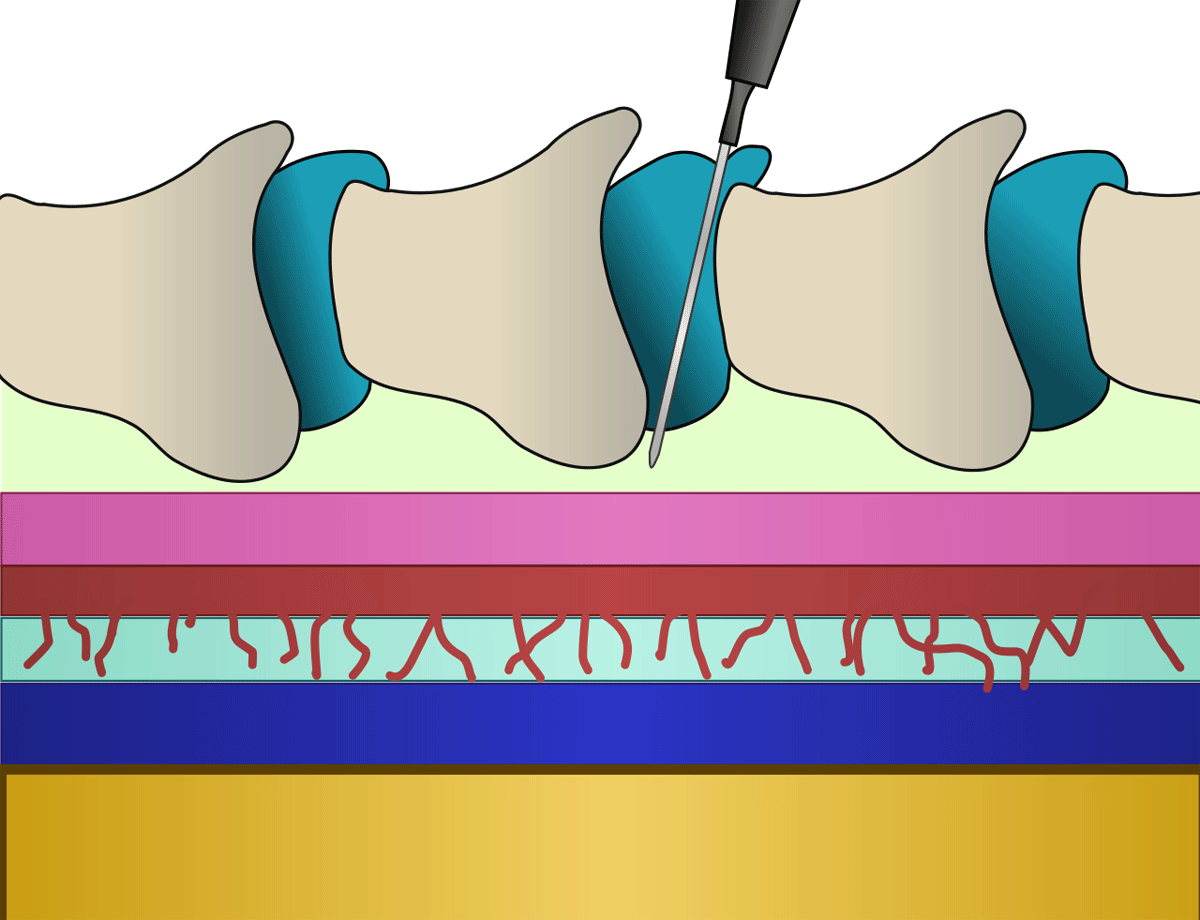
The traditional epidural may indeed numb you completely or very nearly completely. When you don't have any feeling in your legs, it is impossible to walk around. Enter the "walking epidural", which as the term suggests can enable women in labor to be mobile, while still receiving the pain relief that they want. This form of pain relief is also called Combined Spinal-Epidural, or CSE. With a walking epidural, your anesthesiologist will insert a cocktail of medications below the outermost membrane that covers the spinal cord, called the intrathecal area. Then, the needle will be returned to the epidural space and a catheter inserted. The needle will be removed and the catheter will remain.
The CSE will offer four to six hours of pain relief, though you may feel more than you would have done with a traditional epidural. Ask your obstetrician about this possibility if you are interested. The extent to which you will be able to walk around with this type of epidural depends on the hospital's policies many may require continuous fetal monitoring to look for fetal distress, or fetal monitoring for a certain period of time each hour. That doesn't enable you to get up and walk through the corridors of your hospital, of instance, so it is a good idea to discuss this before you go into labor.
- www.nhs.uk/conditions/epidural/
- www.nhs.uk/conditions/pregnancy-and-baby/pain-relief-labour/
- Photo courtesy of Southwest by Wikimedia Commons: commons.wikimedia.org/wiki/File:Epiduraldiagram.svg















Your thoughts on this
Loading...